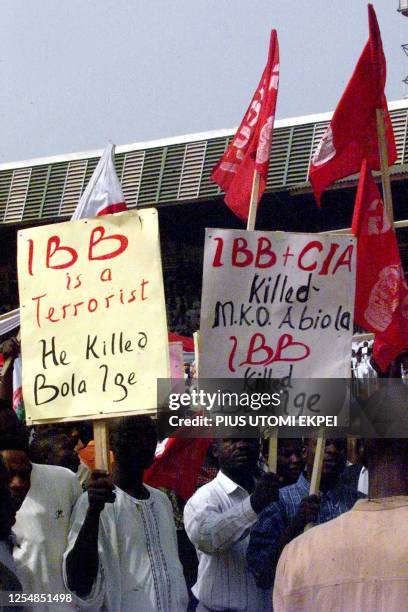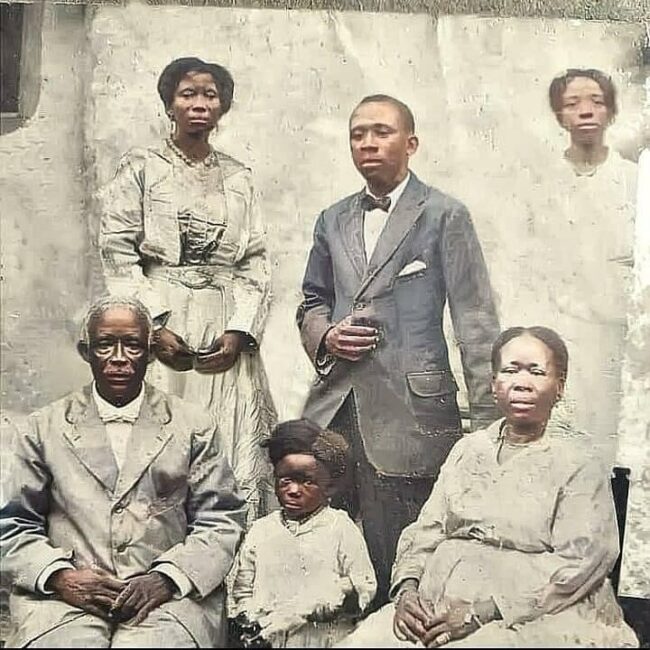The Fall of an Icon: Fela’s Burial Ceremony and Life Achievements
Fela Anikulapo Kuti, one of Nigeria’s most colorful, dynamic, and influential activists, passed away twenty-seven years ago. The news that a hero had fallen sent shockwaves across the nation. Beyond his career as a singer, Fela was also a revolutionary who, until his death, battled unrelentingly against injustice, corrupt politics, and dictatorship. Because of his disobedience towards the institution, Fela became a target for the powerful. He suffered horrific torture and more than 180 arrests over his life, including the infamous event in which the army demolished his Lagos house. Many Nigerians were motivated to speak out against injustice by his unyielding spirit and courageous advocacy. The video shows Fela being buried and the NDLEA, police, and other military people pursuing him nonstop, harassing him even after he passed away. His life served as evidence of his vision of an improved Nigeria free from oppression and corruption. Fela’s battles from decades ago still have relevance today. Many of the current problems Nigeria suffers were predicted by him, and his prophecies have tragically come true. Future generations are still motivated to fight for their rights and a just society by his music and action. May his memory endure and his soul continue to rest in peace.






